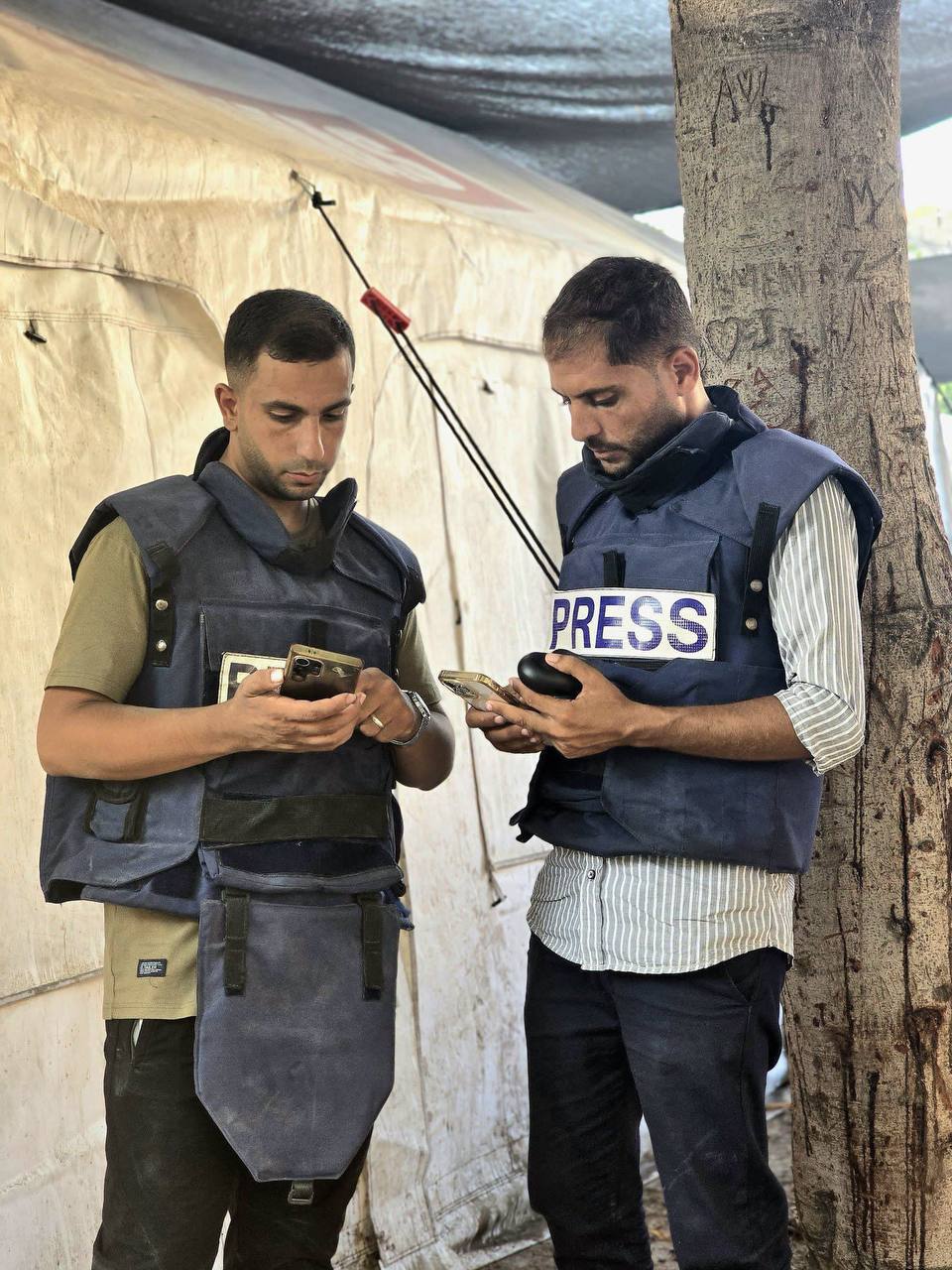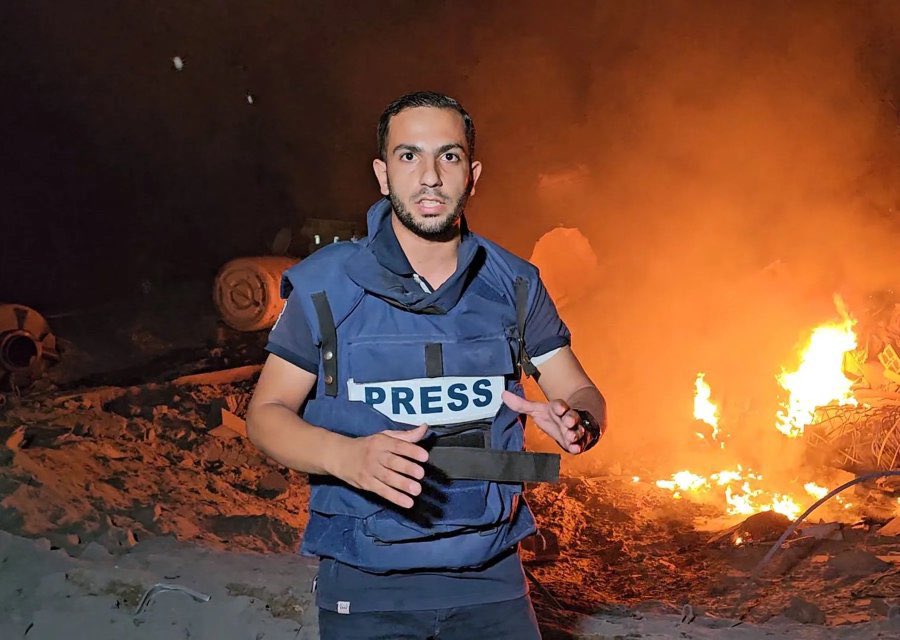On August 10, 2025, an Israeli airstrike near Al-Shifa Hospital in Gaza City resulted in the tragic deaths of five Al Jazeera journalists, including the esteemed correspondent Anas al-Sharif. The journalists were reporting from a clearly marked press tent at the hospital’s entrance when the strike occurred late Sunday night, igniting widespread outrage and raising grave concerns over the ongoing threats to press freedom in conflict zones.

The Victims: Faces Behind the Tragedy
Among those killed was 28-year-old Anas al-Sharif, a courageous frontline reporter. Born and raised in the Jabalia refugee camp, al-Sharif was well-known for his relentless coverage of the Gaza conflict over the past 22 months. A father of two, his life was marked by personal loss; his father had died in an Israeli airstrike on their home in late 2023.
Joining al-Sharif in the strike’s deadly impact were reporter Mohammed Qreiqeh (33), and cameramen Ibrahim Zaher (25), Mohammed Noufal (29), and Moamen Aliwa. Most hailed from Jabalia, many coping with the trauma of previous strikes, yet committed to documenting the harsh realities facing Gaza’s civilian population.
The Circumstances of the Strike
The airstrike targeted a media tent clearly labeled with the word “Press,” near one of Gaza’s key medical centers. This area had been a critical hub for journalists, providing relatively stable access to electricity and internet amidst a siege that severely limits communication.
Israeli Defense Forces (IDF) justified the strike by accusing Anas al-Sharif of involvement with Hamas, claiming he led a cell responsible for orchestrating rocket attacks on Israeli targets. However, these allegations remain unsubstantiated, and Al Jazeera categorically denied any militant affiliations of their staff. This action is viewed by many as part of a broader pattern where journalists in Gaza are increasingly labeled as combatants, undermining the principle of press protection under international law.
Reactions and Implications for Press Freedom
Al Jazeera responded with strong condemnation, denouncing the strike as a calculated attack aimed at silencing independent reporting. The network emphasized that the five journalists were civilians performing lawful journalistic duties and accused Israeli forces of deliberately targeting the press to control narratives around the Gaza conflict.
Eyewitnesses, including hospital officials, confirmed the clear identification of the press tent and expressed horror at the precision and timing of the strike. Graphic footage circulated widely, showing the harrowing aftermath and the grief of colleagues who mourned their fallen peers.
The Broader Context: Challenges for Journalism in Gaza
This deadly incident marks one of the most severe attacks on media personnel in the latest Gaza war, highlighting the extreme dangers faced by journalists covering hostilities in a heavily militarized and contested environment. Media freedom groups have called for independent investigations, accountability measures, and stronger protections for journalists working in conflict zones worldwide.
The deaths of al-Sharif and his colleagues underscore the human cost of reporting under siege conditions where crossing dangerous frontlines or operating outside secured zones can cost lives. Beyond the personal loss, these killings represent a significant blow to the availability of independent, frontline information from Gaza — information crucial to global understanding of the conflict.
Conclusion
The targeted airstrike that killed five Al Jazeera journalists near Al-Shifa Hospital is a stark reminder of the perils faced by press workers in war zones. It raises urgent legal, ethical, and humanitarian questions about the protection of journalists and the right to information amidst ongoing violence. The international community’s response will be pivotal in shaping the future of media freedom in regions engulfed by conflict.

